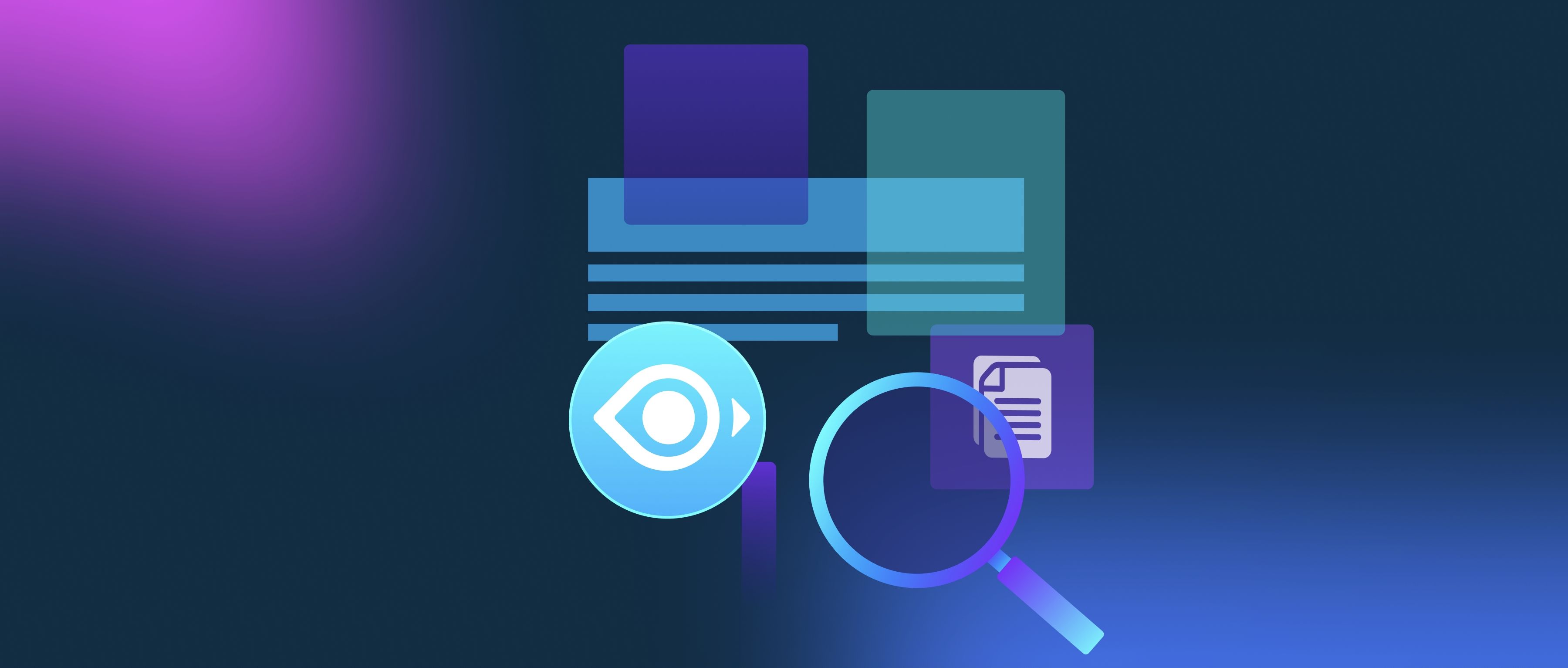Future-proofing LLM guardrails against evolving threats involves implementing adaptive systems that can quickly identify and mitigate new forms of harmful content. One effective strategy is to use continuous learning models that allow guardrails to evolve based on user feedback and real-world data. These models can automatically update in response to emerging threats like new slang, trending biases, or unexpected forms of offensive content.
Another important aspect is integrating a diverse range of data sources to train guardrails. By including various language styles, cultural contexts, and different user demographics in the training process, guardrails can be more robust in identifying issues that may not be present in the original dataset. Additionally, keeping guardrails updated with the latest developments in machine learning, AI ethics, and content moderation practices ensures that they remain capable of handling new challenges and regulatory requirements.
Collaboration with external organizations, regulatory bodies, and user communities can also help future-proof guardrails. By staying informed about evolving standards and user expectations, organizations can adjust their guardrail systems proactively. Regular audits and testing of guardrails, especially in high-risk domains like healthcare, finance, or education, can also ensure that they continue to operate effectively and remain resilient against new threats.
